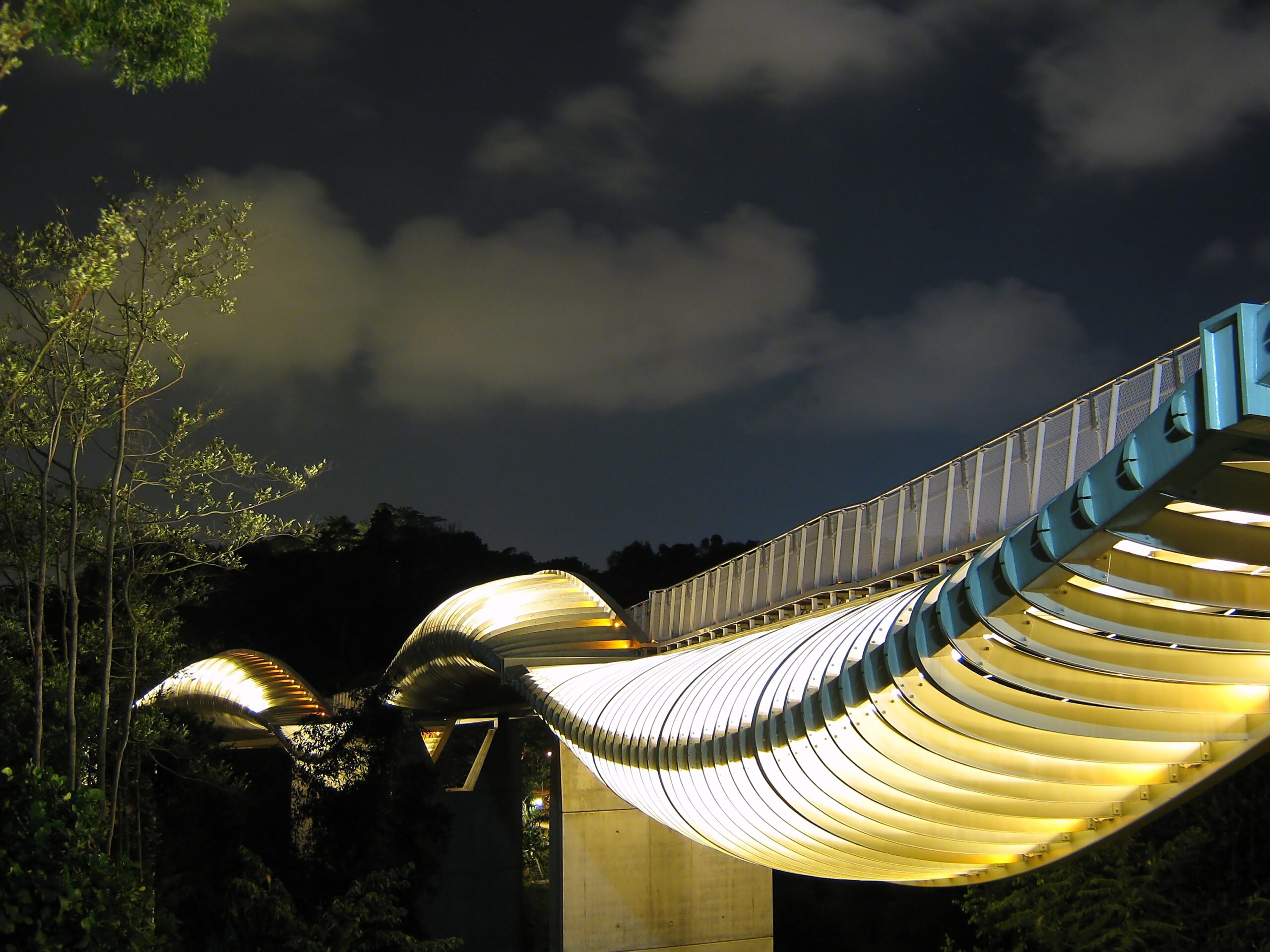- Home
- Articles
- Architectural Portfolio
- Architectral Presentation
- Inspirational Stories
- Architecture News
- Visualization
- BIM Industry
- Facade Design
- Parametric Design
- Career
- Landscape Architecture
- Construction
- Artificial Intelligence
- Sketching
- Design Softwares
- Diagrams
- Writing
- Architectural Tips
- Sustainability
- Courses
- Concept
- Technology
- History & Heritage
- Future of Architecture
- Guides & How-To
- Art & Culture
- Projects
- Interior Design
- Competitions
- Jobs
- Store
- Tools
- More
- Home
- Articles
- Architectural Portfolio
- Architectral Presentation
- Inspirational Stories
- Architecture News
- Visualization
- BIM Industry
- Facade Design
- Parametric Design
- Career
- Landscape Architecture
- Construction
- Artificial Intelligence
- Sketching
- Design Softwares
- Diagrams
- Writing
- Architectural Tips
- Sustainability
- Courses
- Concept
- Technology
- History & Heritage
- Future of Architecture
- Guides & How-To
- Art & Culture
- Projects
- Interior Design
- Competitions
- Jobs
- Store
- Tools
- More

The past is a tangible representation of where we have been, and historical sites offer a window into that bygone era. While these locations hold immeasurable value due to their historical significance, integrating modern innovations ensures their conservation and enhanced visitor experience. Let’s delve into how technological advancements are revolutionizing the way we interact with, and understand, the annals of history.
- Digital Reconstructions and Augmented Reality (AR):
Previously, understanding the grandeur of ruins required imagination. Today, with AR, visitors can wear smart glasses or use their smartphones to visualize digital reconstructions of ruins. Imagine standing among the ruins of ancient Rome and watching it come alive to its former glory right before your eyes. - Virtual Reality (VR) Tours:
For those who can’t travel or for sites that are too fragile for visitors, VR offers an immersive experience. This technology allows users to embark on a guided tour of ancient pyramids, palaces, or temples from the comfort of their homes. - Conservation Drones:
Drones are now being employed to monitor vast historical sites. They not only assist in mapping and documenting but also alert conservationists about structural issues or unauthorized activities that might be harmful.
Credit: 14 Beautiful Examples of When Historic and Modern Architecture Come Together – Hany Saad Innovations (hsi-eg.com) - Interactive Information Panels:
Gone are the days of static information boards. Modern panels, often touch-enabled, offer multi-lingual explanations, detailed insights, videos, and even holographic displays, enriching the learning experience. - Environmental Monitoring:
Integrating sensors at historical sites can offer real-time data on humidity, temperature, and other environmental factors. This data is crucial for sites that require specific conditions to prevent degradation. - 3D Printing for Restoration:
An emerging trend is the use of 3D printing to recreate damaged artifacts or parts of structures. These printed pieces, often indistinguishable from the original, allow for restoration efforts that are both accurate and less invasive.
Credit: 15th-century Corsican monastery transformed with copper extension – ICON Magazine (iconeye.com) - Interactive Mobile Applications:
Many historical sites now have dedicated apps that guide visitors through the location, offer trivia, and even gamify the experience to make it engaging for younger audiences. - Lighting Enhancements:
Modern lighting techniques, both for nighttime illumination and interior enhancements, can accentuate architectural details without causing damage. These systems, often solar-powered, add a new dimension to monuments while being environmentally friendly. - Biological Innovations:
Recent years have seen the use of bacteria and microorganisms to clean monuments without the use of harmful chemicals. This biotechnological approach ensures the longevity of structures while maintaining their authenticity. - Digital Archiving:
The digitization of archives, manuscripts, and artifacts ensures that even if the original is lost to time, a digital record remains for future generations. It also makes research more accessible to scholars worldwide.

The field of architecture, with its blend of artistry and engineering, has always been at the forefront of integrating the old with the new. When it comes to modernizing historical sites, the challenge lies in respecting the original architectural intent while making use of cutting-edge technologies to ensure preservation and enhanced visitor experience. Here are some architectural innovations at historical sites:
- Structural Reinforcements with Modern Materials:
Ancient structures, such as the Parthenon in Athens or Roman aqueducts, often need structural reinforcements to ensure safety. Using materials like carbon fiber or advanced polymers can provide the necessary strength without compromising the structure’s aesthetics. - Transparent Flooring:
Sites like the Louvre in Paris have used transparent flooring to allow visitors to walk over ancient foundations and ruins without causing damage, thus offering an immersive experience. - Seismic Retrofitting:
Historic sites in earthquake-prone areas, like the pagodas in Nepal or ancient structures in Italy, have been equipped with seismic retrofitting to make them resistant to quakes, ensuring their longevity. - Laser Cleaning:
The intricate carvings on ancient monuments can become obscured over time. Laser cleaning, as used on the Elgin Marbles or the outer walls of historical Indian temples, helps in removing centuries of grime without abrasion. - Adaptive Reuse:
Historic buildings are often repurposed for modern use while retaining their architectural essence. For example, old factories converted into loft apartments, or ancient churches transformed into bookstores or event spaces. - Glass Extensions:
Many historical sites, such as the Tower of London, have incorporated modern glass structures as extensions. These transparent additions offer contrast, do not detract from the original design, and provide necessary space for amenities or displays. - Climate-Controlled Displays:
For structures housing ancient artifacts or delicate murals, modern architectural designs include climate-controlled rooms or chambers, ensuring the preservation of these priceless pieces.
Credit: Gallery of 6 Historical Buildings Topped by Contemporary Glass Extensions – 6 (archdaily.com)
Submit your architectural projects
Follow these steps for submission your project. Submission FormLatest Posts
The Ultimate Guide to Fencing in North Dakota: Choosing the Best Fence for Your Property
Watching a chain link fence twist in 70 mph winds near Minot...
Gaudí: Where Architecture Meets Science
Gaudí: Where Architecture Meets Science shows catenary arches, ruled surfaces, and biomimicry...
How Housing Market Forces Shape Architectural Design Today
Architecture never exists in isolation. Buildings rise from a mix of ambition,...
Why Portable Formaldehyde Gas Detectors Matter on Construction Sites
As construction practices shift toward more enclosed and material-intensive environments, the risk...












Leave a comment